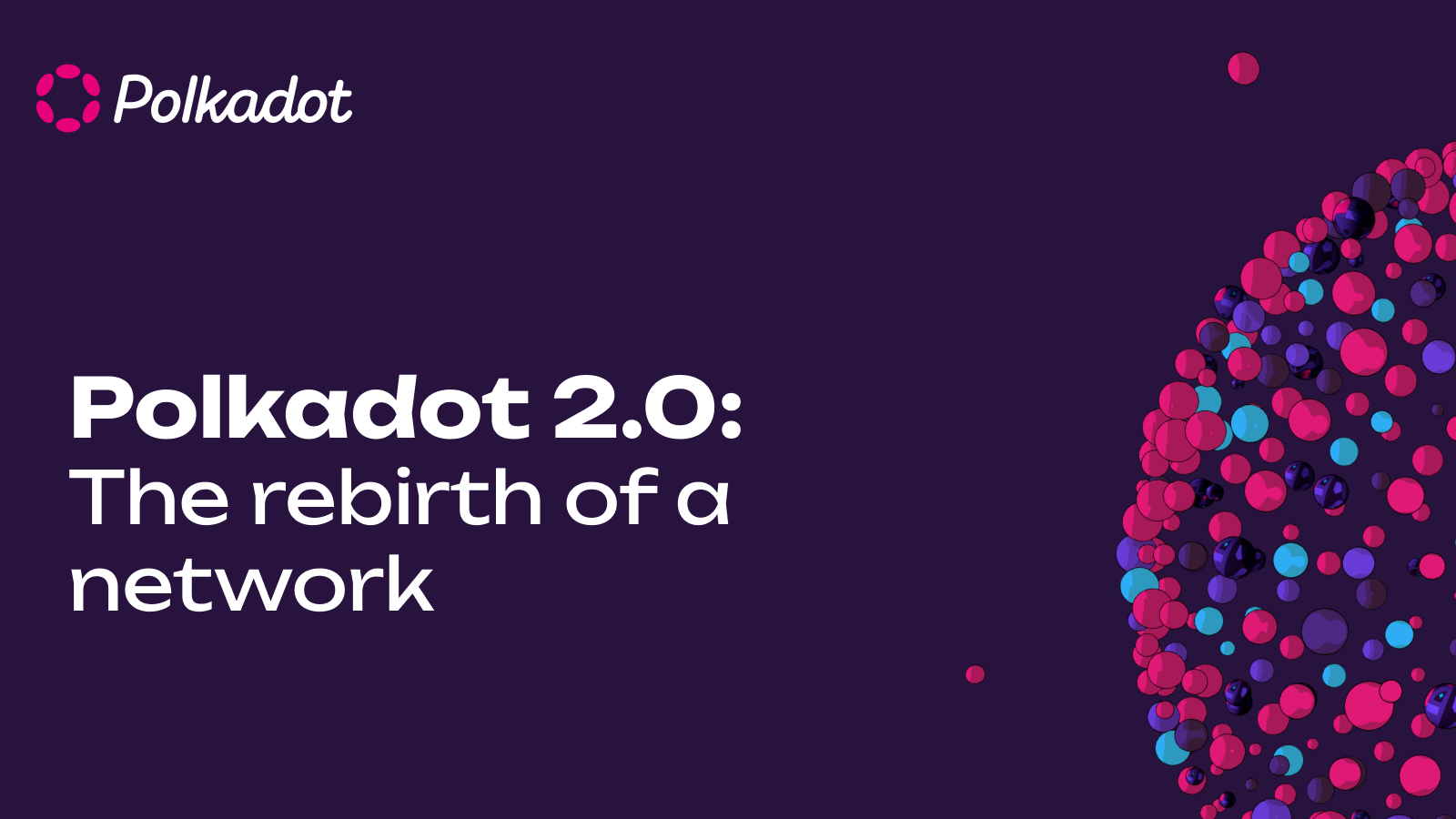Selecting the correct Cryptocurrencies can significantly affect long-term portfolio growth in the fast-paced environment of digital finance and distributed technology. As 2025 unfolds, Web3 AI, Cosmos (ATOM), Polkadot (DOT), and Sui (SUI) are fostering favorable attitudes. Each currency represents a blockchain utility breakthrough in artificial intelligence, interoperability, scalability, and transaction speed.
Web3 AI: Decentralized Intelligence and Blockchain Integration
Among the most fascinating changes in the crypto scene is the emergence of Web3 AI. A field combining artificial intelligence with the distributed attitude of blockchain. This movement is driven by the growing demand for transparent, user-owned artificial intelligence systems amid data privacy issues and increasing skepticism of centralized technology platforms.
 Under decentralized machine learning, where models are created and run across distributed networks rather than centralized servers, Web3 AI platforms allow this. This guarantees that no entity controls data or results disproportionately, improving privacy. With application cases in predictive analytics, DeFi risk management, and intelligent autonomous agents, Web3 AI is swiftly rising as a pillar of the next-generation internet.
Under decentralized machine learning, where models are created and run across distributed networks rather than centralized servers, Web3 AI platforms allow this. This guarantees that no entity controls data or results disproportionately, improving privacy. With application cases in predictive analytics, DeFi risk management, and intelligent autonomous agents, Web3 AI is swiftly rising as a pillar of the next-generation internet.
Startups like SingularityNET and new protocols supported by venture capital companies are already creating solutions in this segment. Artificial intelligence models are becoming increasingly complex and require trustless infrastructure for deployment, creating huge investment opportunity. Combining artificial intelligence with blockchain also allows smart contracts that adapt, learn, and maximize, enhancing the whole Web3 stack’s efficiency and autonomy.
Cosmos: Enabling Blockchain Interoperability
Leading initiative Cosmos. Sometimes known as “the Internet of Blockchains,” it tackles interoperability. One of the most urgent problems in the crypto sector. While most blockchains nowadays run in silos, Cosmos is altering that by letting them easily exchange data across its Inter-Blockchain Communication (IBC) system.
The tools offered by the Cosmos SDK enable creators of highly flexible, application-specific blockchains to have them linked via the Cosmos Hub, the primary chain of the ecosystem. These networks are under control and safeguarded by the ATOM token. Offering a scalable and modular substitute for monolithic blockchains, Cosmos’s architecture lets several blockchains stay sovereign while being interoperable.
Cosmos is in a strong position to enable smooth integration between distributed finance, gaming, and NFT applications as they spread over many networks. This project is defined by deep developer involvement, a vibrant community, and technical architecture meant for long-term sustainability.
Polkadot’s Multi-Chain Network Scalability
Designed by Gavin Wood, one of Ethereum’s co-founders, Polkadot is another pathfinder in the interoperability race. Polkadot’s idea is to let several blockchains run in parallel and share security under a single Relay Chain, uniting them. Although these distinct blockchains—known as para chains—are tailored for particular activities, they remain compatible with the larger Polkadot network.
 Polkadot’s design advances scalability and specialization simultaneously. Projects using Polkadot can customize their blockchain ecosystems while still gaining from consensus and shared security. DOT is the governance and staking token for the Nominated Proof-of-Stake (NPoS) mechanism the network employs.
Polkadot’s design advances scalability and specialization simultaneously. Projects using Polkadot can customize their blockchain ecosystems while still gaining from consensus and shared security. DOT is the governance and staking token for the Nominated Proof-of-Stake (NPoS) mechanism the network employs.
Developers from several fields—including distributed identification, gaming, and IoT—have been drawn to the Polkadot framework’s adaptability. The fast-growing ecosystem positions DOT as a fundamental asset for anyone expecting a multi-chain Web3 future.
Sui Blockchain High Speed Scalable and Developer
Former Meta (Facebook) developer Mysten Labs created Sui, one of the fastest and most efficient blockchains. Sui employs an object-centric approach, treating assets as discrete entities capable of simultaneous processing, which leads to exceptional scalability compared to traditional blockchains. Sui, created for the now-defunct Diem project, runs the Move programming language. The move makes smart contract writing flexible and safe. Sui’s ability to process hundreds of transactions per second without compromising decentralization makes it ideal for real-time gaming, social media, and exchanges.
The native cryptocurrency, SUI, is used for paying transaction fees, engaging in governance, and staking. Sui is becoming a go-to platform for builders looking for speed without compromise because of its developer-friendly tools and performance-optimized infrastructure.
Final thoughts
Every one of these initiatives solves a fundamental problem in the Web3 ecosystem and blockchain. Web3 AI gives consumers dispersed artificial intelligence. Using a hub-and-zone approach, Cosmos addresses interoperability’s difficulty. Polkadot advocates a scalable, modular blockchain architecture featuring flawless cross-chain messaging. By pushing the edge of performance and throughput, Sui solves one of the main obstacles of distributed apps.
These cryptocurrencies are well-suited to profit from future adoption patterns as global awareness of distributed systems rises. Strong developer ecosystems, active governance frameworks, and scalable infrastructure make these non-speculative and fundamental technologies in a developing digital environment.

